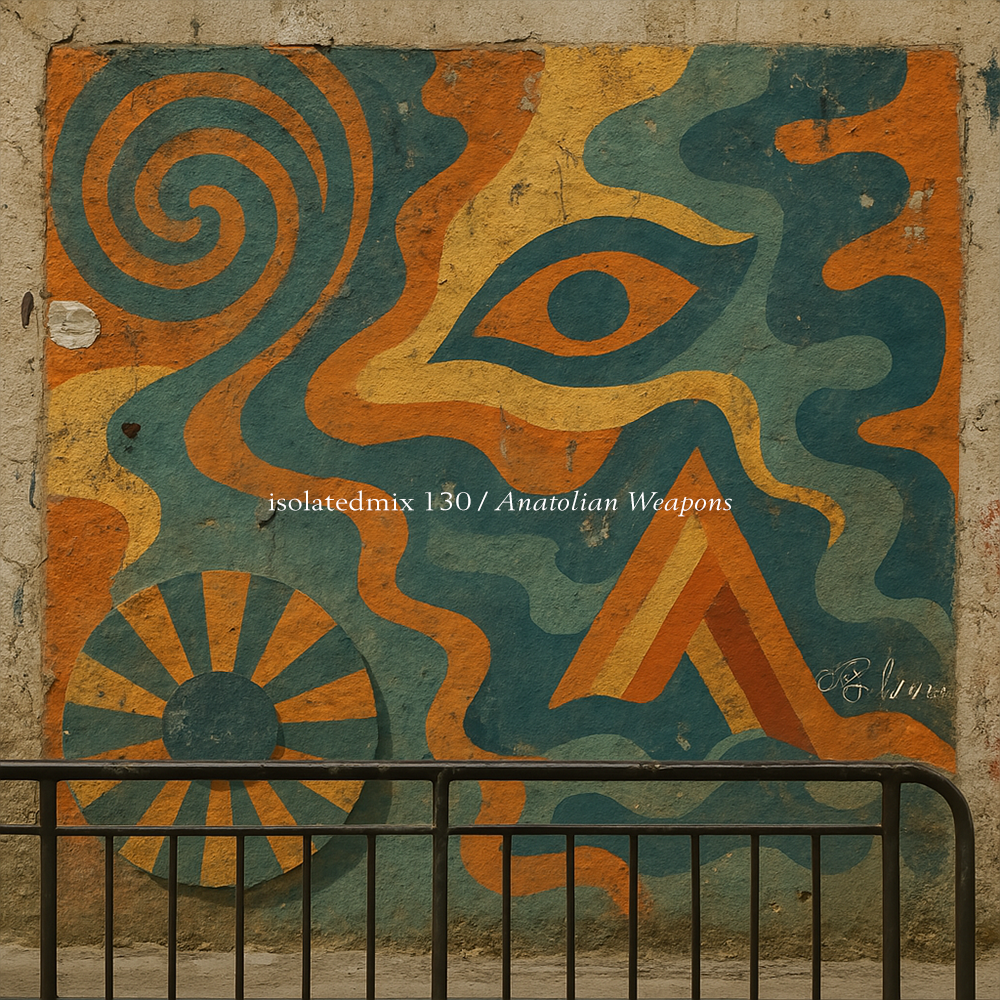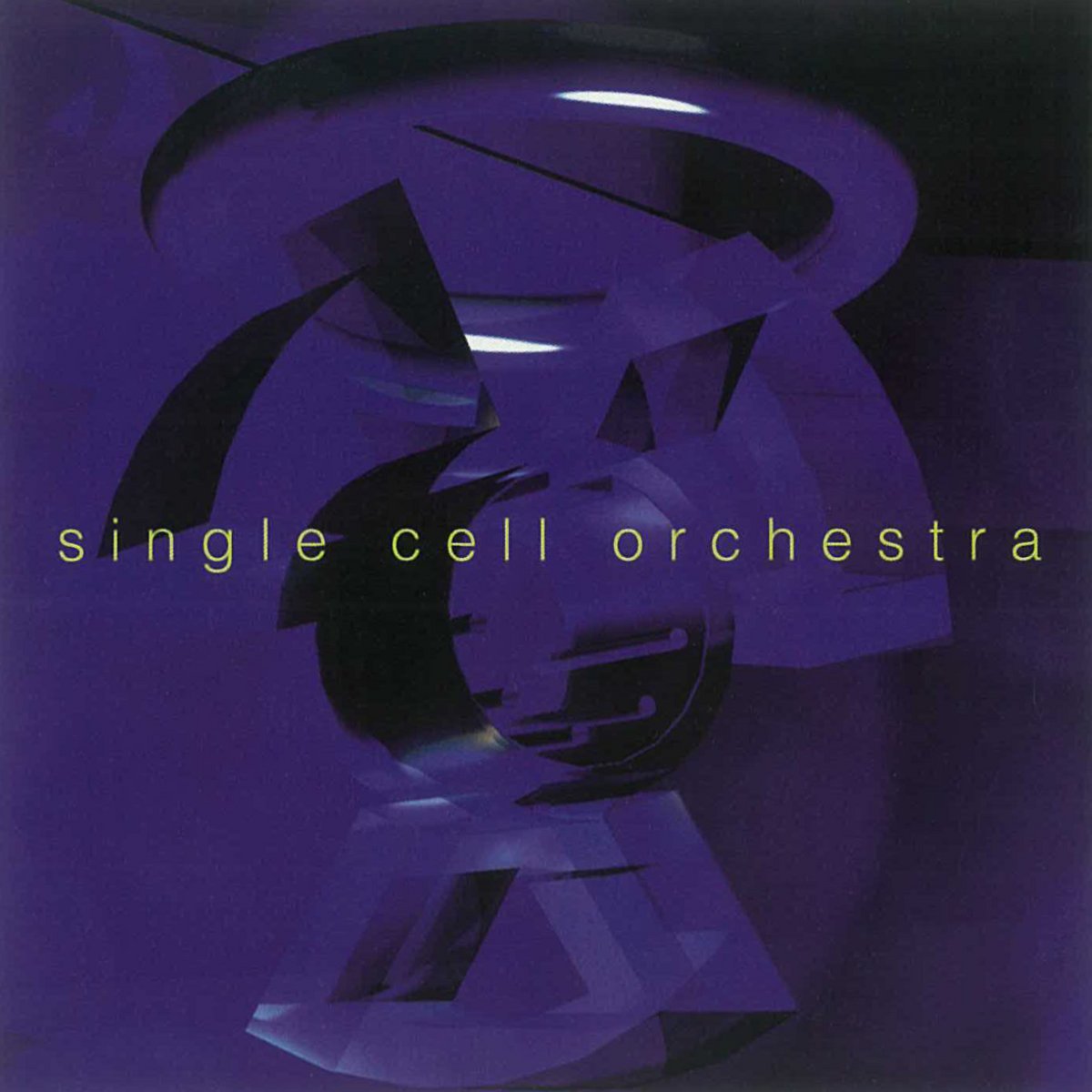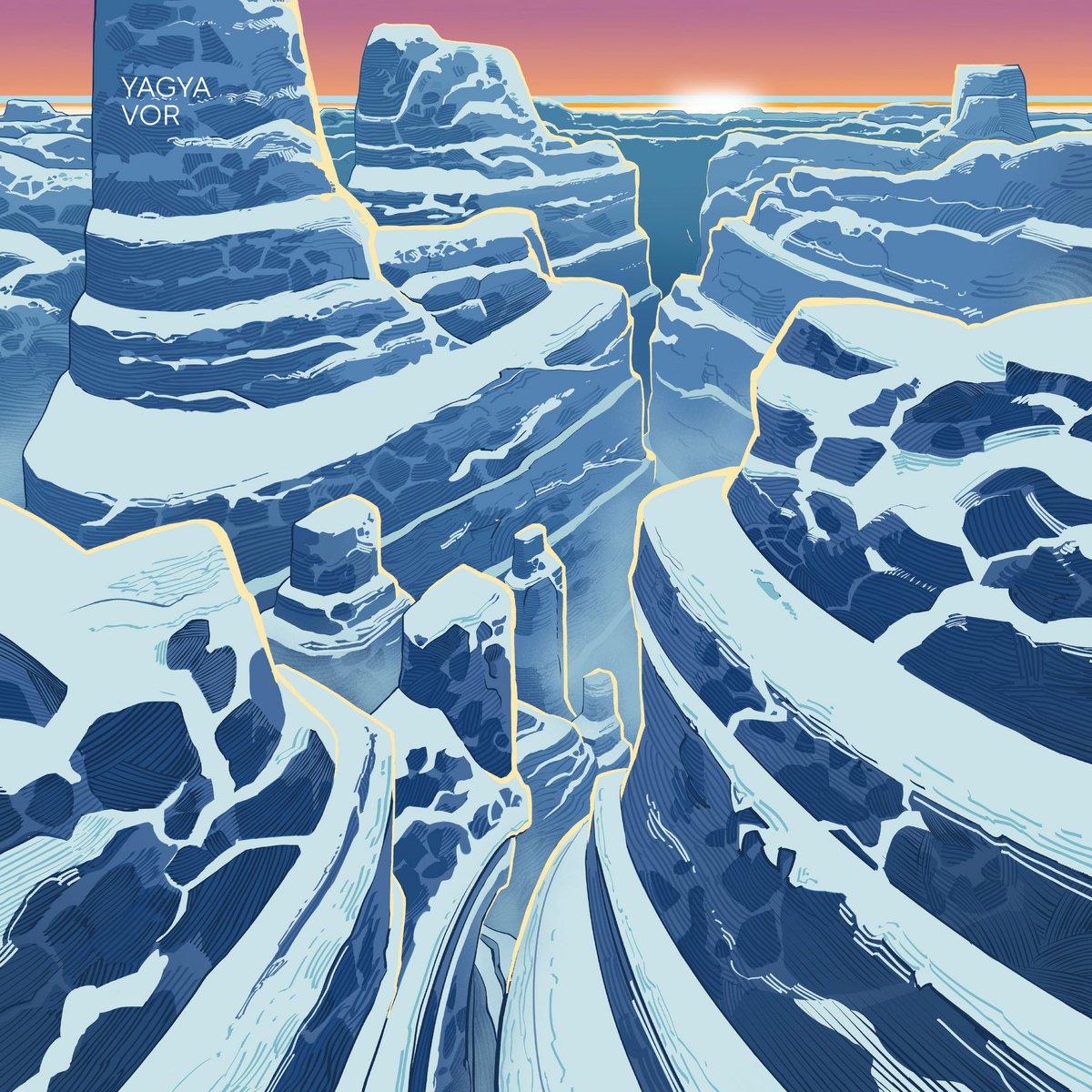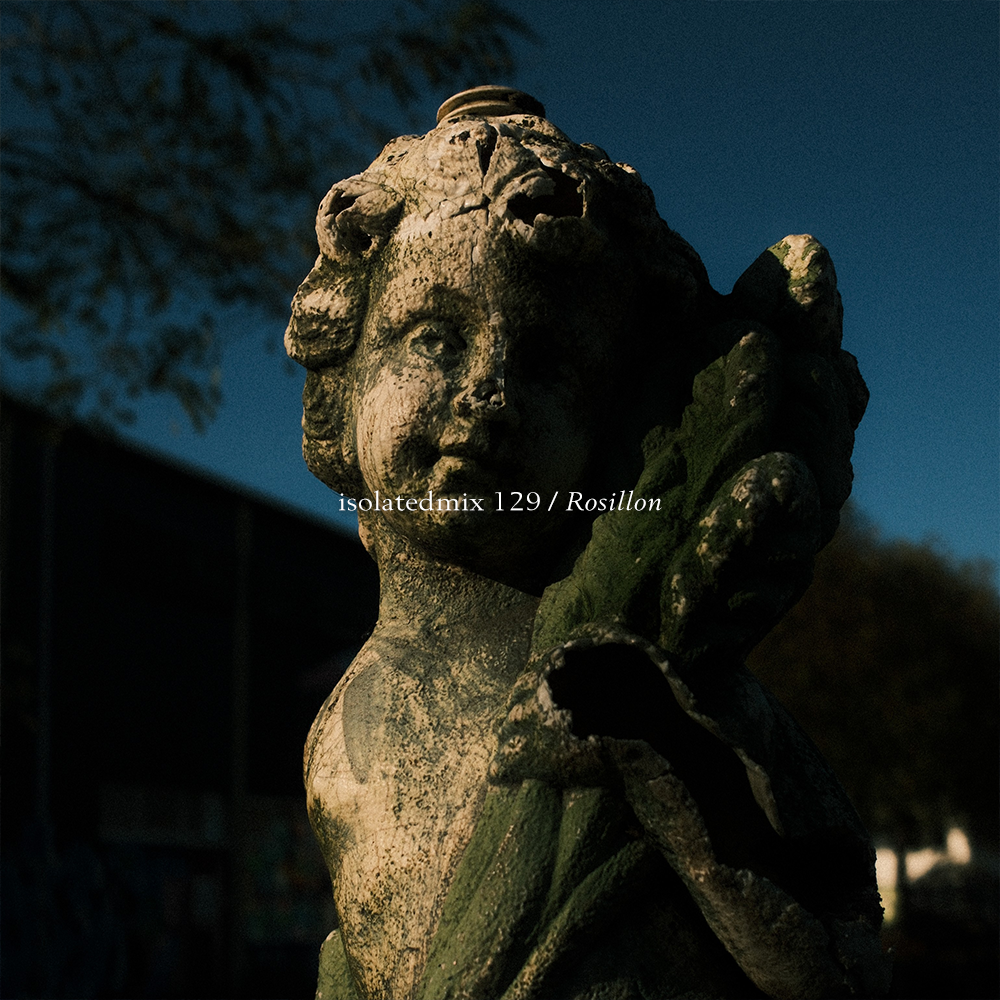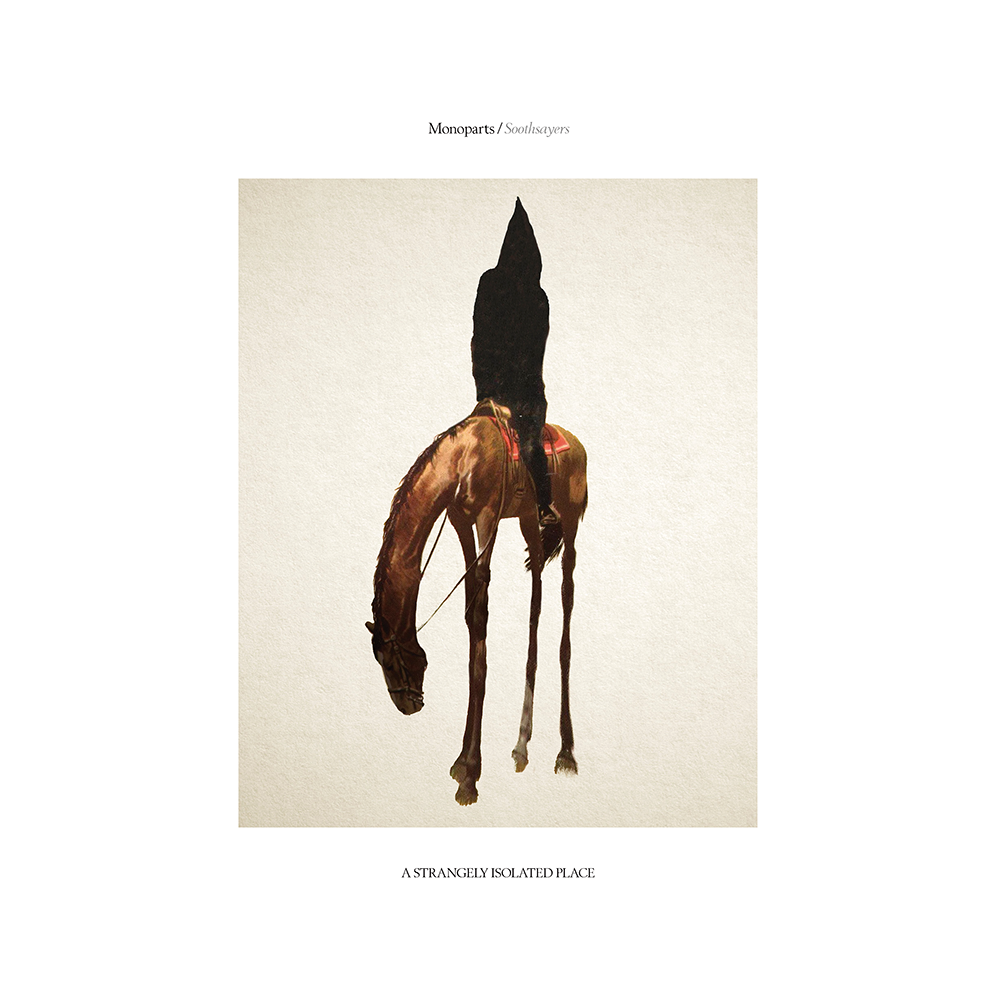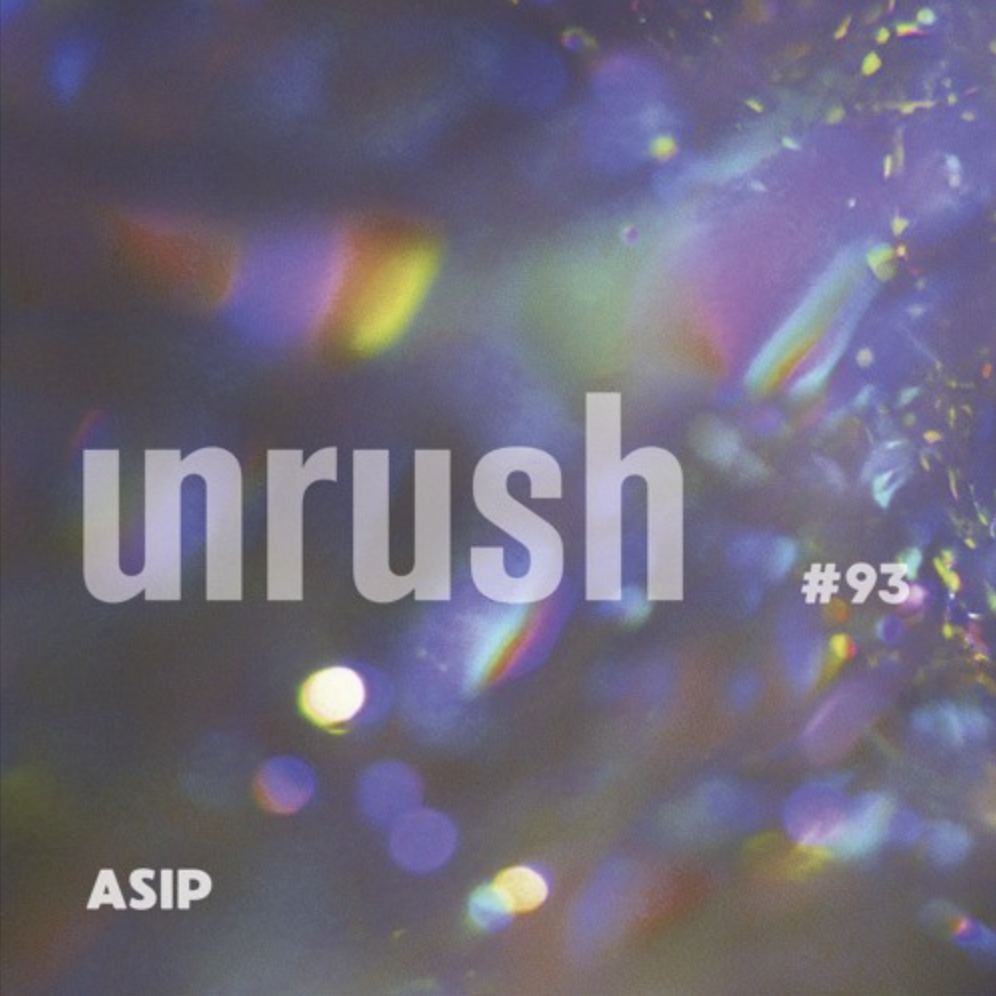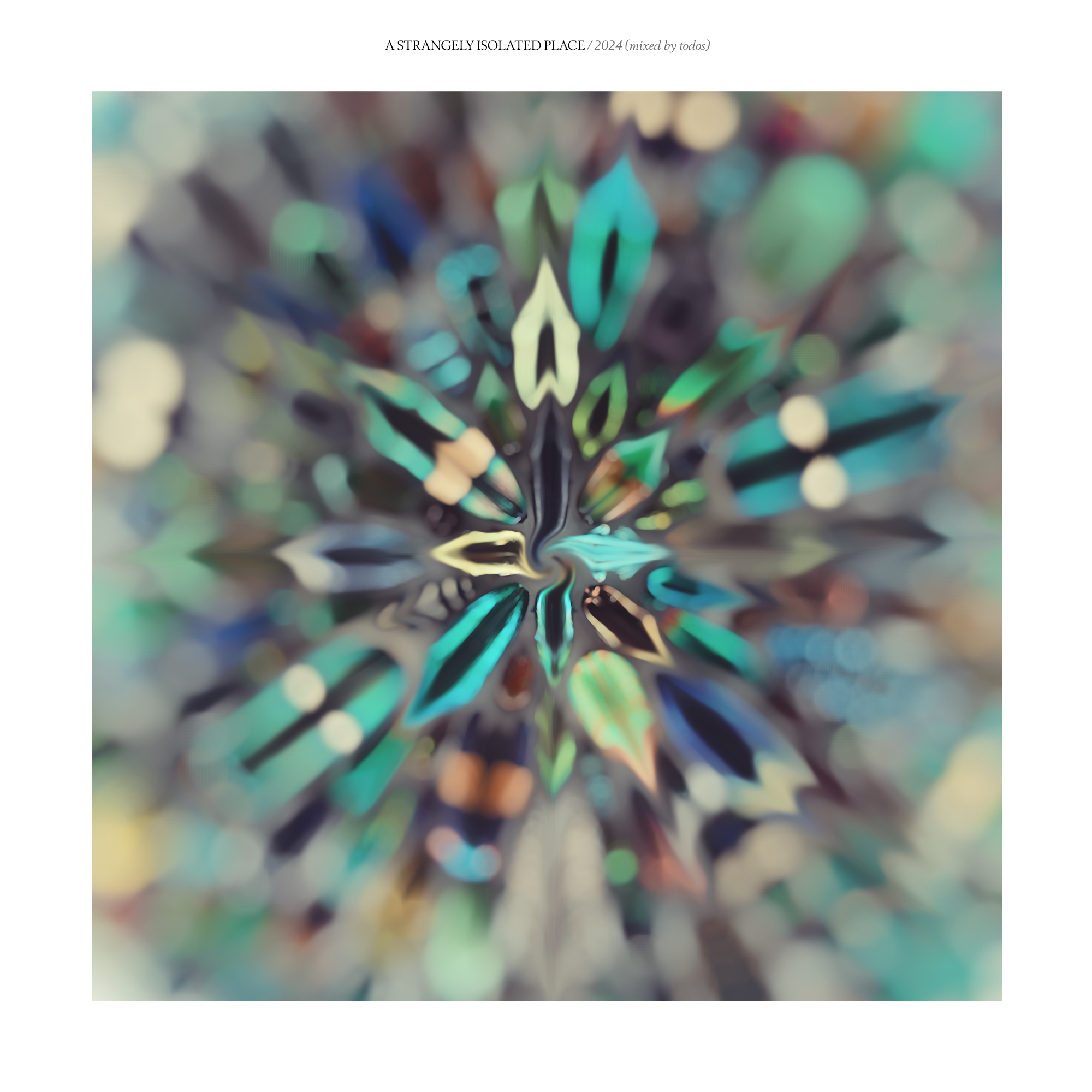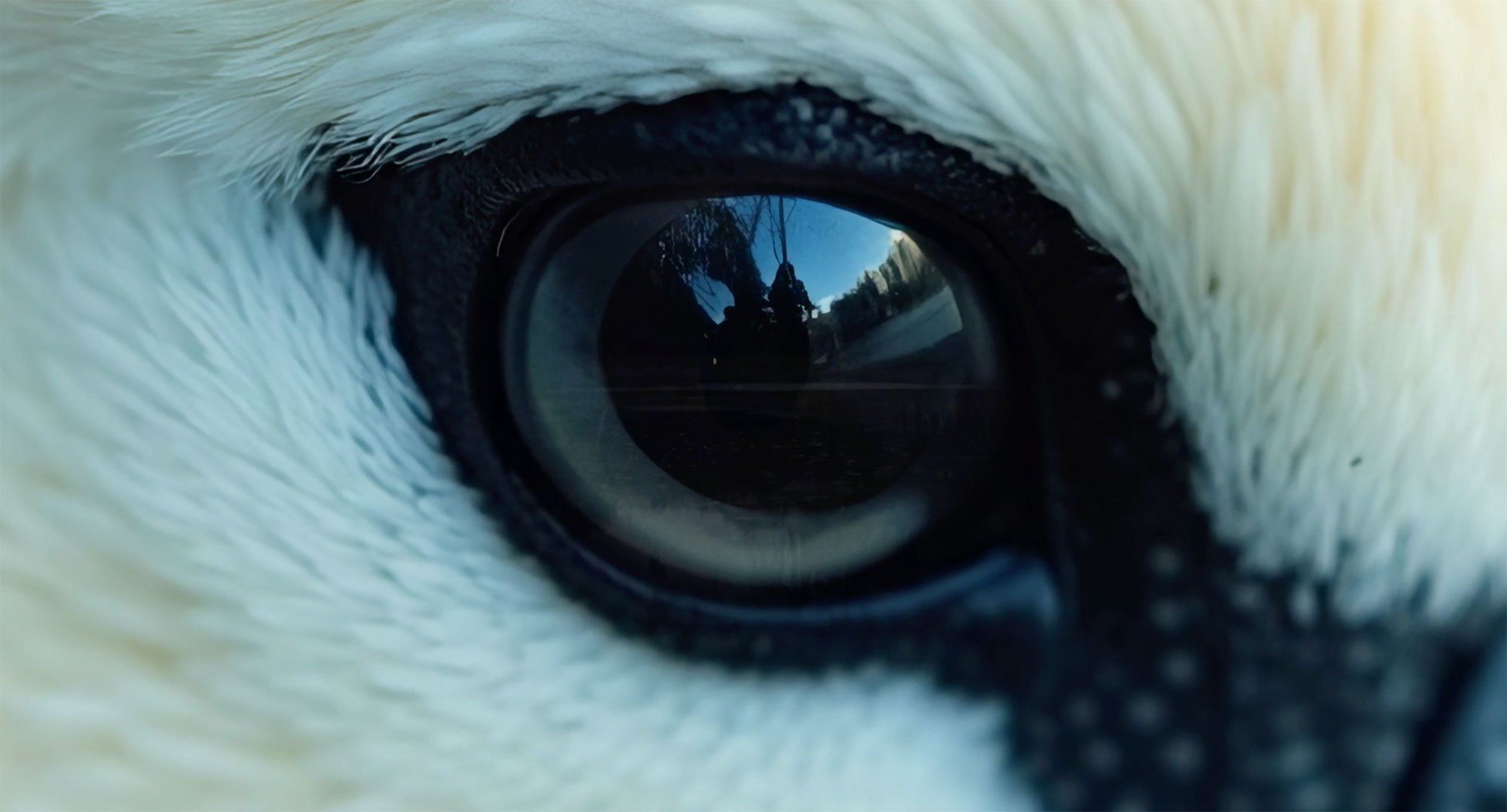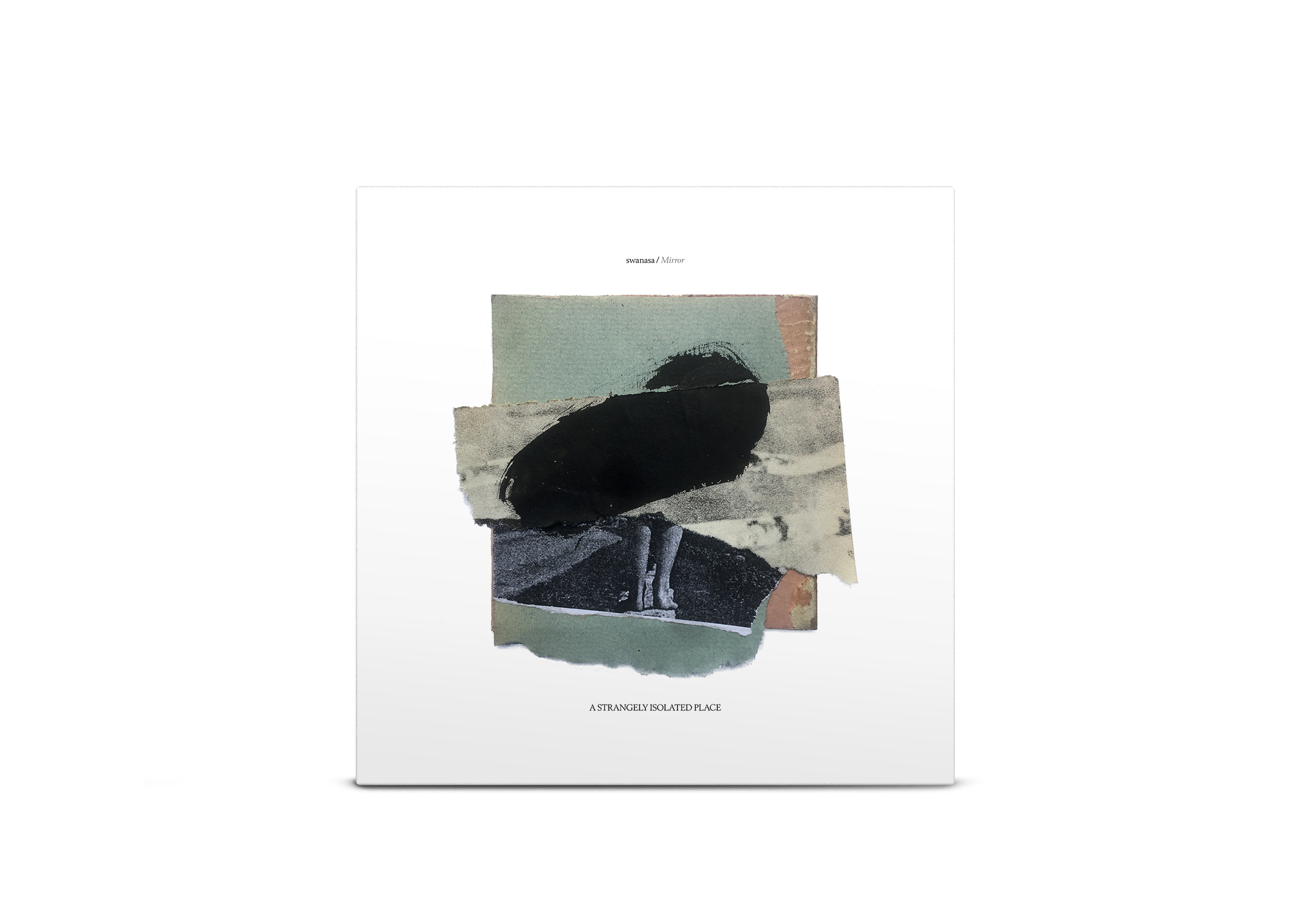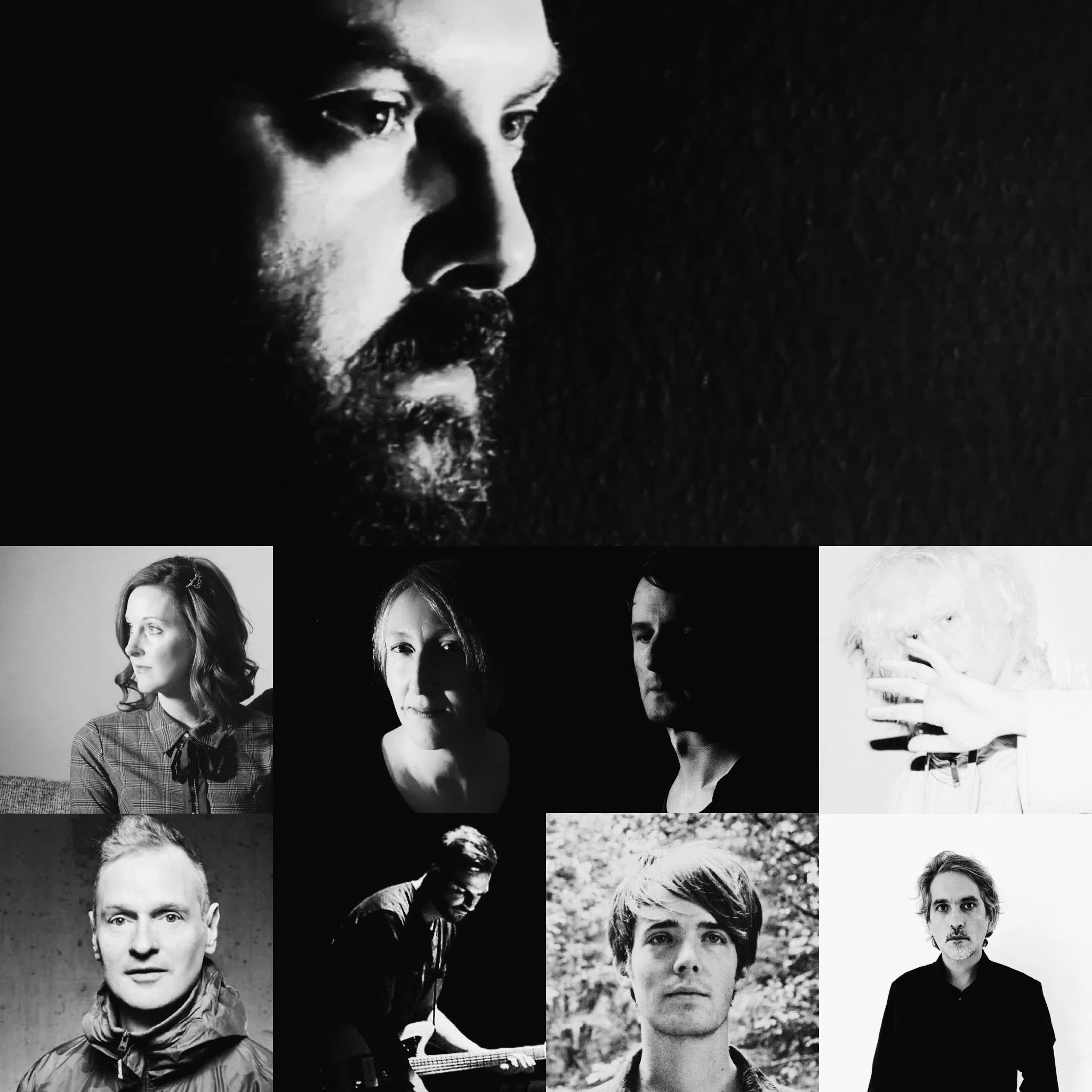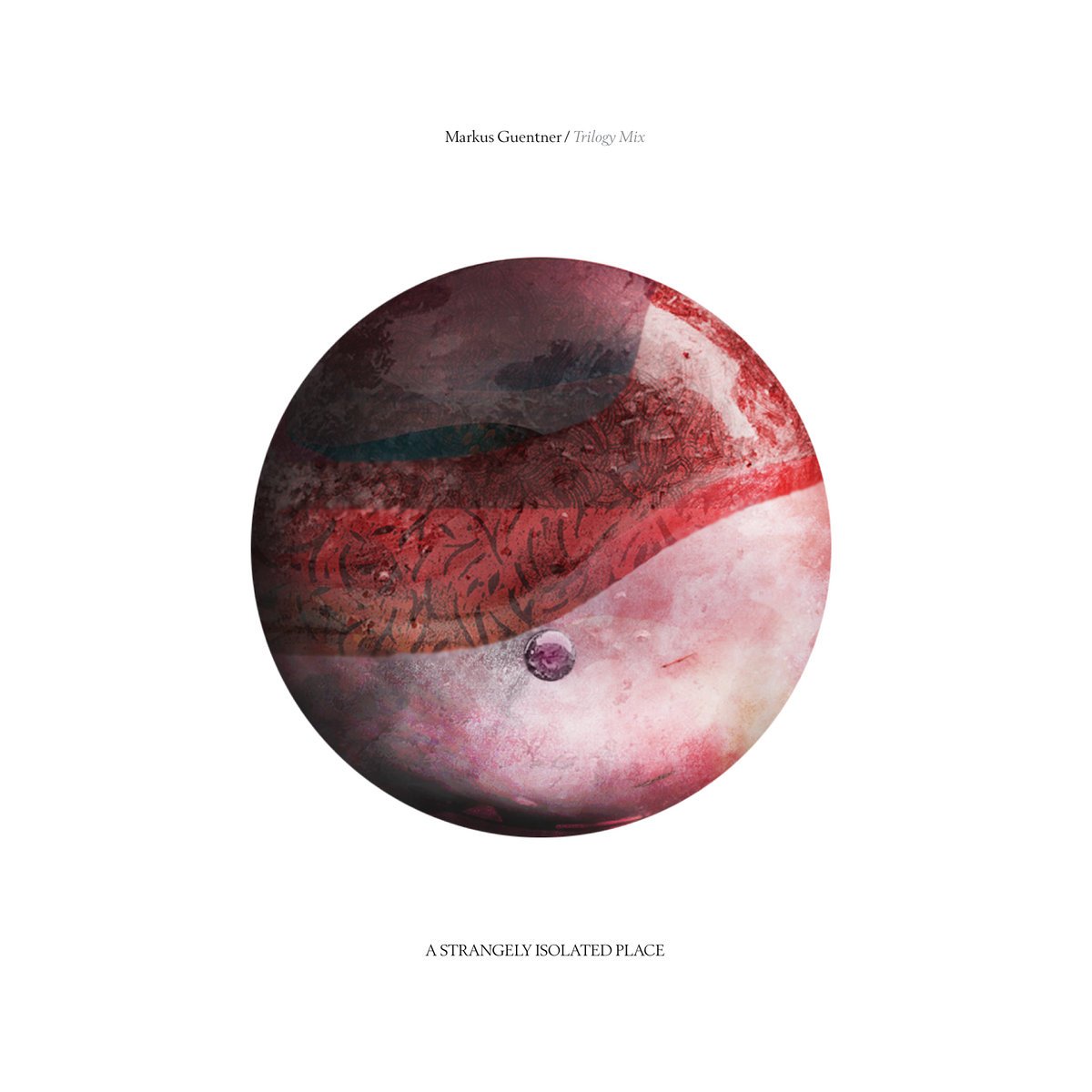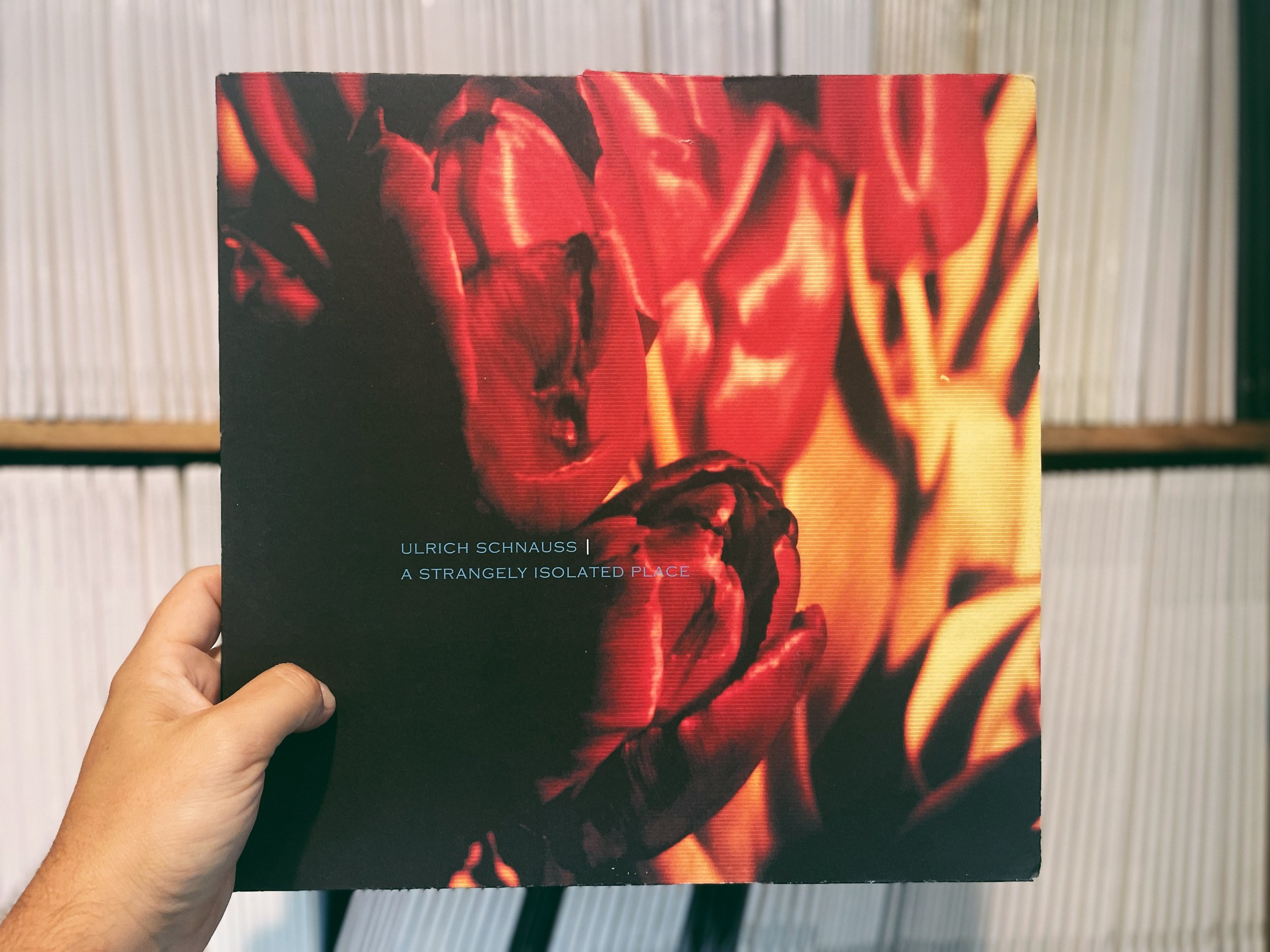
Twenty years ago today, June 9th, 2003, Ulrich Schnauss released A Strangely Isolated Place on the revered, City Centre Offices label.
This album, along with his similarly brilliant debut ‘Far Away Trains Passing By’ are now widely regarded as an unmatched blend of IDM, Electronica, and Shoegaze-esque etherealness, and generally regarded as a “landmark electronic music statement”. Both transportive and escapist without becoming overly cliché or veering too far back into the experimental realm, it was this unique mix of styles and melodies that made Ulrich’s music popular in a time of internet nerds listening on Pandora, Lastfm and early internet radio streaming stations. Ulrich’s music crossed genres effortlessly, tracks found their way into the electronica and indie scene, just as easily as Global Underground’s legendary mix series, propelling Ulrich’s exposure and helping add a new dimension to club-focused DJ mixes of the time. Nick Warren, Tom Middleton and Jon Hopkins were just some of the artists to include Ulrich’s music within noticeable mixes of the day.
I don’t think I’ve heard anyone describe Ulrich’s output to a tee (mine above is just as terrible), and maybe that’s where I drew so much inspiration from back in the day.
It was 2008. The album had already been out for five years. At a time when I was just trying to document the music I loved, I had (and still) struggled with words on paper. Yet for some reason decided to start a blog about music… The point wasn’t really to review or translate music into words, and I still find that exercise a little pointless. Music exists as music and commentary, is a way to add your own personal reflection. When it veers into conveying an anonymous or represented opinion, it becomes pretty pointless IMHO. Music is personal and subjective on every level. At the end of the day, it was the feeling that album transmitted, the places it took you, and the indescribable intangible qualities that made A Strangely Isolated Place stand out. Trying to describe it will hardly ever do it justice. Similarly, I didn’t feel like I had to describe music to want to share it, but it was the only way outside of sending links to friends.
It helped that around that time I spent around two hours a day on the train commuting to work. The album was perfect window-watching material. When a stranger’s armpits are in your face, standing room only, on the 7.32 am into Kings Cross for 35 minutes, plus delays, this music drew an impenetrable field between my headphones and the real world.
Little did I know at the time I would be here with the name today.
I remember, cautiously, asking Ulrich if it was alright to (basically) rip it off. I refused to start the isolatedmix series until he agreed to be the first. It only felt right, given I had already created an entire website with his album title. Whether he regrets his agreement (or his label at the time) I’m not sure. But it’s now become another way to share his album’s brilliance over time, whether people realize it or not.
I think about changing the name often, more out of respect for the album and to leave it as its own entity in time. But I’m yet to find a better feeling or description that would capture the music I try to include on the label. Just this week, I signed an artist who was attracted to the label’s name and perceived meaning, as a reason to reach out to me.
So thank you Ulrich, for this album and those people surrounding it, in more ways than one.
PS - Get your music up on Bandcamp!!

